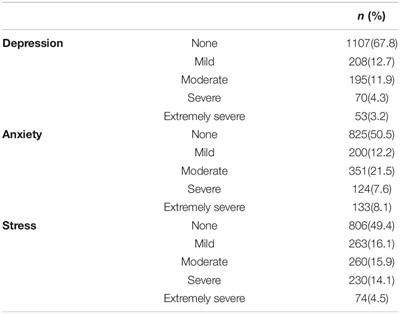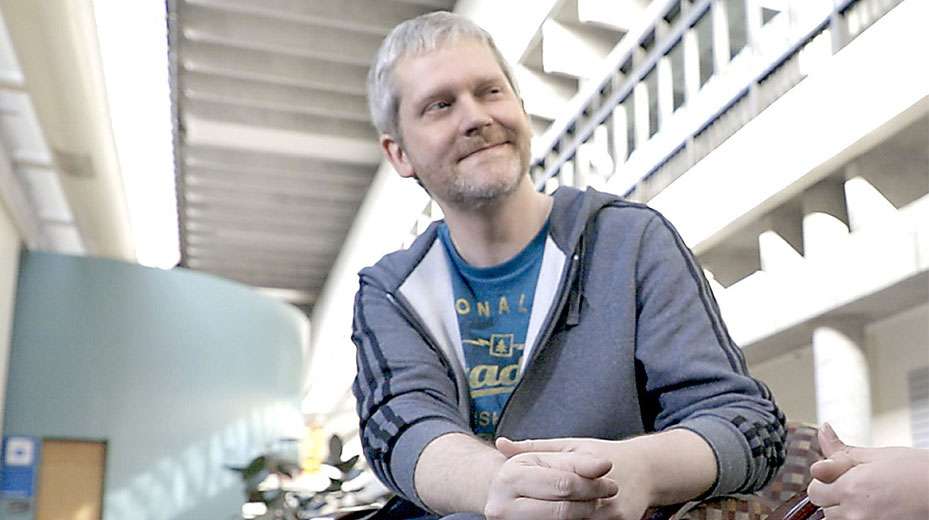Dialectical behavior therapy (DBT), developed by Marsha Linehan, Ph.D., at the University of Washington, is a type of psychotherapy, sometimes called “talk therapy,” used to treat borderline personality disorder (BPD). DBT is a form of cognitive behavioral therapy (CBT), meaning it’s a therapy that focuses on the role of cognition, which refers to thoughts and beliefs, and behavior, or actions, in the development and treatment of BPD.
DBT includes some changes to the traditional cognitive-behavioral elements of therapy. These changes are intended to specifically help reduce the symptoms of BPD.
Research Support
DBT was the first psychotherapy shown to be effective in treating BPD in controlled clinical trials, the most rigorous type of clinical research. DBT is considered the “gold standard” first-line treatment for borderline personality disorder.
While DBT is no longer the only therapy to have shown effectiveness in controlled trials, it has grown a large evidence base and is considered one of the best treatments for BPD in terms of documented success rates.
Research suggests that DBT is effective in reducing psychiatric hospitalization, substance use, and suicidal behavior. Participants in the study also had significant reductions in hospital stays, self-injurious behaviors, and the severity of borderline symptoms.
Theoretical Basis
DBT is based on Dr. Linehan’s theory that the core problem in BPD is emotion dysregulation, which results from mixing biology, including genetic and other biological risk factors, and an emotionally unstable childhood environment, for instance where caregivers punish, trivialize, or respond erratically to the child’s expression of emotion, together.
The focus of DBT is on helping the client learn and apply skills that will decrease emotion dysregulation and unhealthy attempts to cope with strong emotions.
What to Expect
Usually, DBT includes a combination of group skills training, individual psychotherapy, and phone coaching, although there are exceptions. Patients in DBT are asked to monitor their symptoms and use of learned skills daily while their progress is tracked throughout therapy.
There are four main types of skills that are covered in DBT skills training. These are:
Mindfulness Meditation Skills
Mindfulness meditation skills are focused on being fully in the present. These skills center on learning to observe, describe, and participate in all experiences, including thoughts, sensations, emotions, and things happening externally in the environment, without judging these experiences as “good” or “bad.” These are considered core skills that are necessary in order to implement other DBT skills successfully.
For example, people with BPD may find themselves overwhelmed with emotions during an argument and may then act out on those feelings without considering the consequences. Mindfulness skills help people learn how to interpret and regulate these emotions, allowing them to step back and respond more appropriately.
Interpersonal Effectiveness Skills
The focus of this skill module is on learning to successfully assert your needs and to manage conflict in relationships.
Distress Tolerance Skills
The distress tolerance skills module promotes learning ways to accept and tolerate distress without doing anything that will make the distress worse in the long run, for instance, engaging in self-harm.
If you are having suicidal thoughts, contact the National Suicide Prevention Lifeline at 988 for support and assistance from a trained counselor. If you or a loved one are in immediate danger, call 911.
For more mental health resources, see our National Helpline Database.
When faced with strong emotion, a person with BPD may engage in impulsive or risky behaviors in order to escape what feels like an intolerable feeling. Substance use, violence, excessive alcohol use, and other risky actions are just a few examples of behaviors someone might engage in to temporarily feel better. The problem is that these behaviors make things worse in the long-term. Distress tolerance skills allow people to learn how to better cope with such emotions and respond in ways that are more adaptive.
Emotion Regulation Skills
In this module, patients learn to identify and manage emotional reactions. Regulating emotions involves enhancing or reducing emotions in order to respond effectively and achieve individual goals. Gaining these emotional skills allows people with BPD to better interpret their emotions and find ways to manage and express them in ways that are healthy and non-destructive. Examples of skills a person might work on include learning how to accept emotions, changing behaviors in order to change the situation, or finding ways to deal with the emotion without lashing out.
Effectiveness
DBT is not a cure for borderline personality disorder, but it can be very effective for reducing or managing symptoms of the condition. One study found that 77% of people no longer met the criteria for BPD after a year of treatment with dialectical behavior therapy.
Getting Help
If you are interested in learning more about DBT, there are a number of resources available on the Behavioral Tech website. Visit the resources page to learn more about the basics of DBT and Dr. Linehan. The clinical resources directory can help you find DBT providers in your area.
Alternatively, you can ask your therapist, physician, or other mental health professionals for a referral to someone who specializes in DBT.
The Difference Between DBT and Didactic Therapy
Didactic therapy is a group therapy most often used for those with substance use disorders to teach them the facts and help educate them, while DBT is typically for use in the treatment of borderline personality disorder.
JUN.
07,
2017
Imagine having difficulty controlling your thoughts and actions. Imagine that your sense-of-self is almost entirely dependent on your relationships with others. Imagine struggling to manage stress, rejection or conflict. This is what it’s like to live with Borderline Personality Disorder (BPD): a mental health condition characterized by a pattern of ongoing instability in moods, behavior, self-image and functioning.
BPD is a highly-misunderstood condition—even within the mental health field. So, to better understand this complex condition, I talked with a NAMI HelpLine volunteer who bravely told me his story.
Randy* was diagnosed with BPD at 17 after a suicide attempt landed him in the hospital. “The concept of being able to like yourself and want to live just went over my head,” he explained. “I also couldn’t handle being rejected. If I sent a text message and they didn’t get back to me for five minutes, I’d already be thinking about killing myself.”
After several years of talk therapy and one month of cognitive behavioral therapy, Randy’s therapist suggested dialectical behavior therapy last January. Dialectical behavior therapy (DBT) is a cognitive behavioral treatment developed to help people manage symptoms that are considered “difficult to treat,” such as: impulsivity, interpersonal problems, emotional dysregulation, self-harm and suicidal behaviors. DBT works for a range of conditions (substance abuse, depression, PTSD, among others), but it was originally developed to treat chronically suicidal individuals with BPD.
Skill-Building Through DBT
DBT is a combination of group therapy and individual treatment designed to help therapists offer the best treatment possible. What makes DBT unique and effective is its focus on teaching participants a set of behavioral skills that help them cope with their difficult symptoms. “The skills are what people talk about when they talk about DBT; they are the active ingredient in DBT,” explains the creator of DBT, Dr. Marsha Linehan. These skills include:
- Mindfulness: Being fully aware and present
- Distress Tolerance: Tolerating difficult or uncomfortable situations
- Interpersonal Effectiveness: Asking for what you want and saying no when you need to (while still maintaining self-respect and healthy relationships)
- Emotion Regulation: Changing emotions that you want to change
Each skill is a separate module of DBT and it takes a full year to go through all four modules in group therapy. Some may choose to repeat a module to help make those specific skills stick—like Randy, who repeated all the modules twice and the distress tolerance module three times because that’s the skill he struggles with the most. It takes a lot of time and energy to learn these coping mechanisms and implement them when symptoms flare.
Everything in DBT is connected and works together to help people manage their symptoms. Skills are introduced in group therapy lessons and are learned through practice and homework. “We have a handbook,” Randy says. “It ranges from things like how to talk to someone you don’t agree with without getting emotional to ‘I’m freaking out, what do I do?’” This is followed with individual therapy that includes lessons tailored to each person so they can apply what they’ve learned to everyday life.
The Gold Standard
While it takes time and effort, the components of DBT work together effectively. Even though DBT has only been around for a couple decades, it has already improved and saved the lives of many. Research shows it’s incredibly effective—one study from 2014 showed that 77% of participants no longer met criteria for BPD diagnosis after undergoing treatment.
DBT is recognized as the “gold standard” for people with BPD. “It’s weird how much better I’ve gotten from it. Looking back, I was so different; I didn’t know how to handle life. Sometimes I still don’t, but I’m getting there. I’m getting better.”
*Name has been changed to protect our volunteer’s privacy
Laura Greenstein is communications coordinator at NAMI.
If you or someone you know is interested in entering a DBT program, you can search for a certified clinician here.
In addition, you can contact the NAMI HelpLine at 800-950-6264 or [email protected], and we will help direct you on how to find the closest DBT program.




